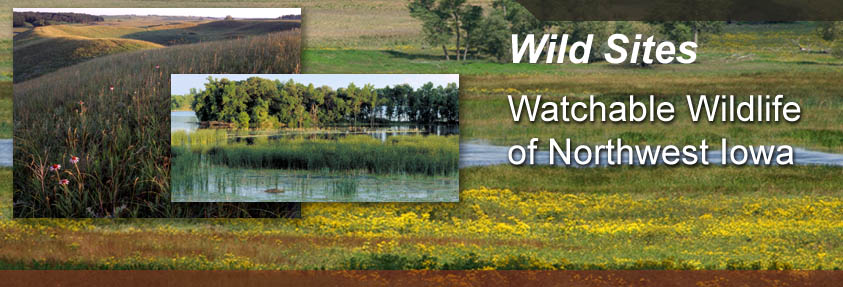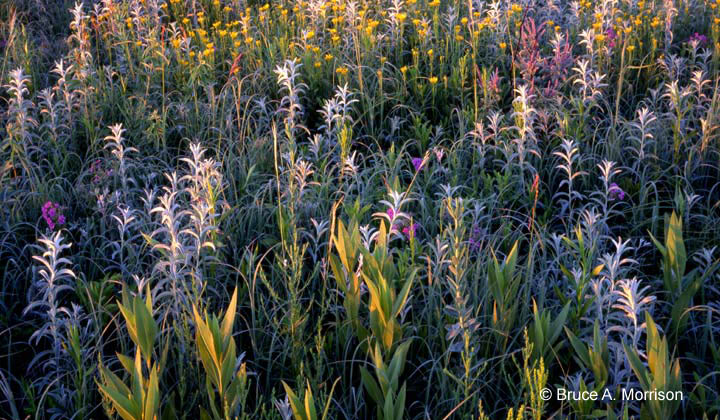 |
|||||||||||||||||||||
 |
|||||||||||||||||||||
 |
|||||||||||||||||||||
| Steele Prairie - Education Box
Have Seed Will Travel (2-6th/45 minutes) Activity In Brief: Students will discover the function and importance of seeds. Methods of seed dispersal are emphasized as students invent a seed that can be dispersed by wind, water, animal, or thrown from the plant. Objectives: Students will be able to describe the purpose of a seed; list four needs of seeds to grow; list five methods of seed dispersal and give an example of a plant that uses each one. Correlation with Science Standards: Unifying Concepts and Processes- Systems, Order and Organization Unifying Concepts and Processes- Form and Function Science as Inquiry- Abilities to do Scientific Inquiry Science as Inquiry- Understanding Scientific Inquiry Physical Science- Position and Motion of Object Life Science- Characteristics of Organisms Life Science- Organisms and Their Environment Advance Prep: Check to see what plants are currently in seed. Collect a variety of seeds to show students different types of dispersal methods. FYI: Seeds are carried by WIND- “paper wing” seeds like maple, ash, elm, pine, spruce … Or “parachute” seeds like dandelion, milkweed, cattail, thistle. WATER- coconut, water lily, bladderwart(large air spaces in the seed pod that make it light enough to float) HITCHHIKE- spiny or hooked projections that catch and animal’s fur when it walks by (cocklebur, burdock, bedstraw, wild licorice, tick trefoil…) THROWN seeds- shot out and away from parent plant (jewelweed, wild cucumber, violets, oxalis, wild geranium) EATEN- usually brightly colored fruits that are eaten and pass through an animal, or are carried off and stored for later (oak, dogwood, cherry, grape, apple, mulberry, walnut, ) Materials: Seed collection Task cards (one for each dispersal method as shown above) Craft materials including: a pinto bean for each group, construction paper, rubber bands, toothpicks, paper clips, bucket of water, markers, crayons, plastic baggies, tape, glue, scissors, cork, cotton, feathers….. Procedure: Examine a variety of seed dispersal methods by looking at the seed collection and pointing out plants on a hike outside. Talk about the importance of seeds being able to move away from the parent plant (more light, more water, more nutrients, less competition). Divide students into pairs/teams and hand out a task card to each group. Give them time to create their own seed that travels in the way assigned to them. Gather together to demonstrate their inventions and see if they work. Adapted from: Central Wisconsin Environmental Station, UW-SP |
|||||||||||||||||||||
| Wild Categories | Photo Gallery | ||||||||||||||||||||